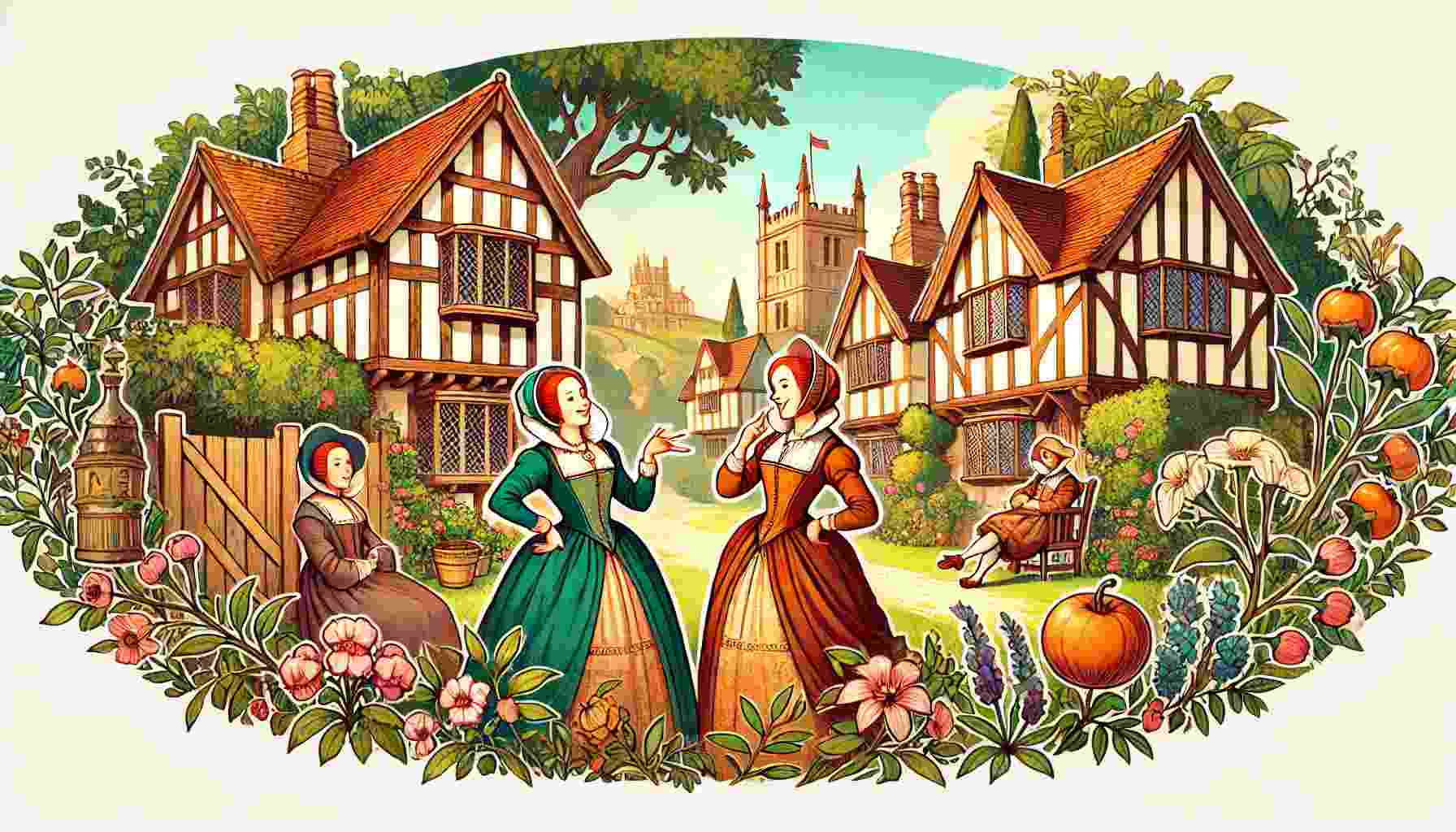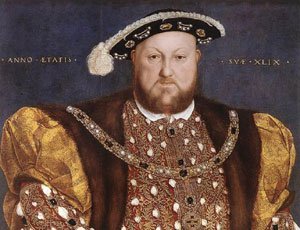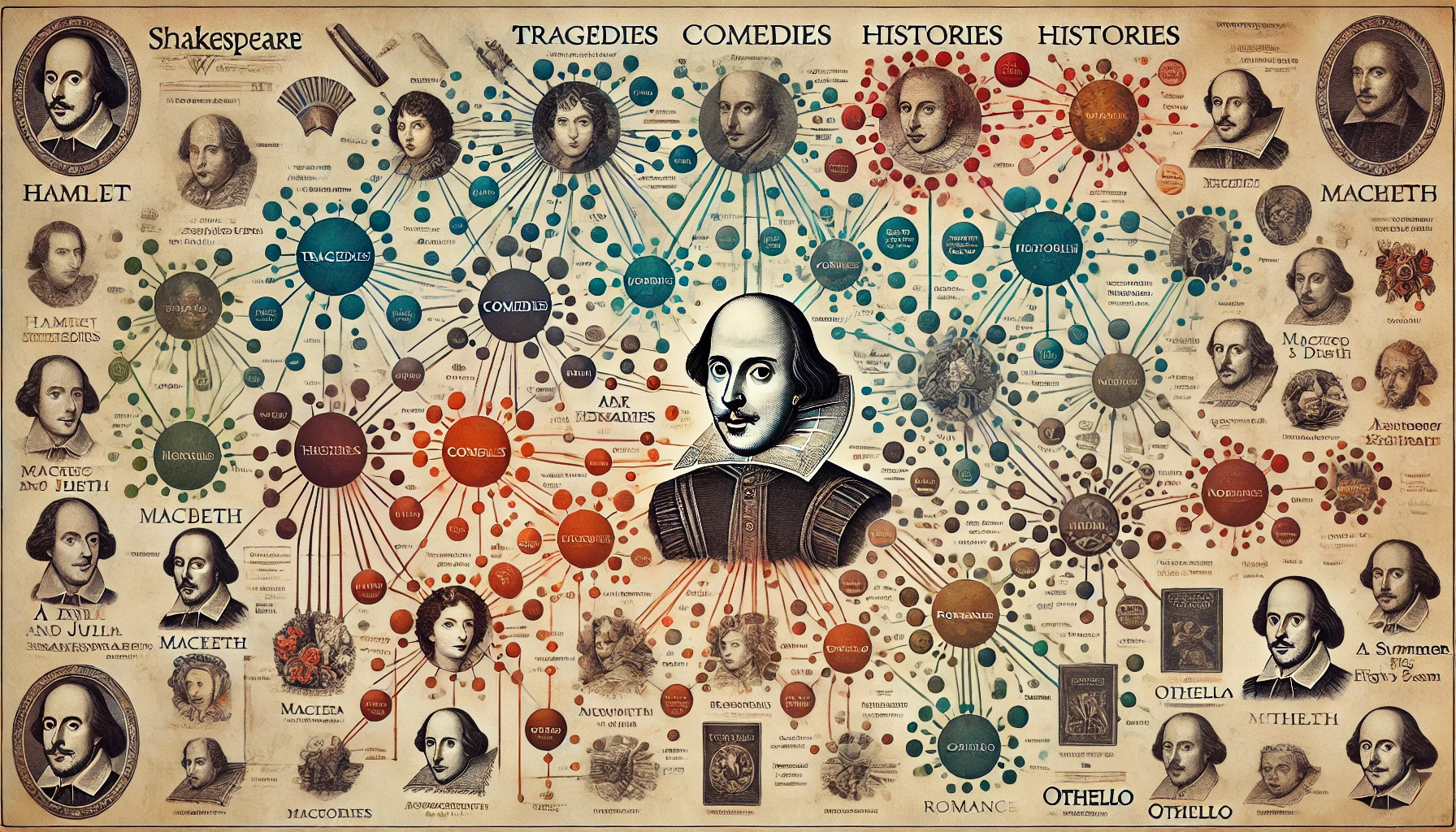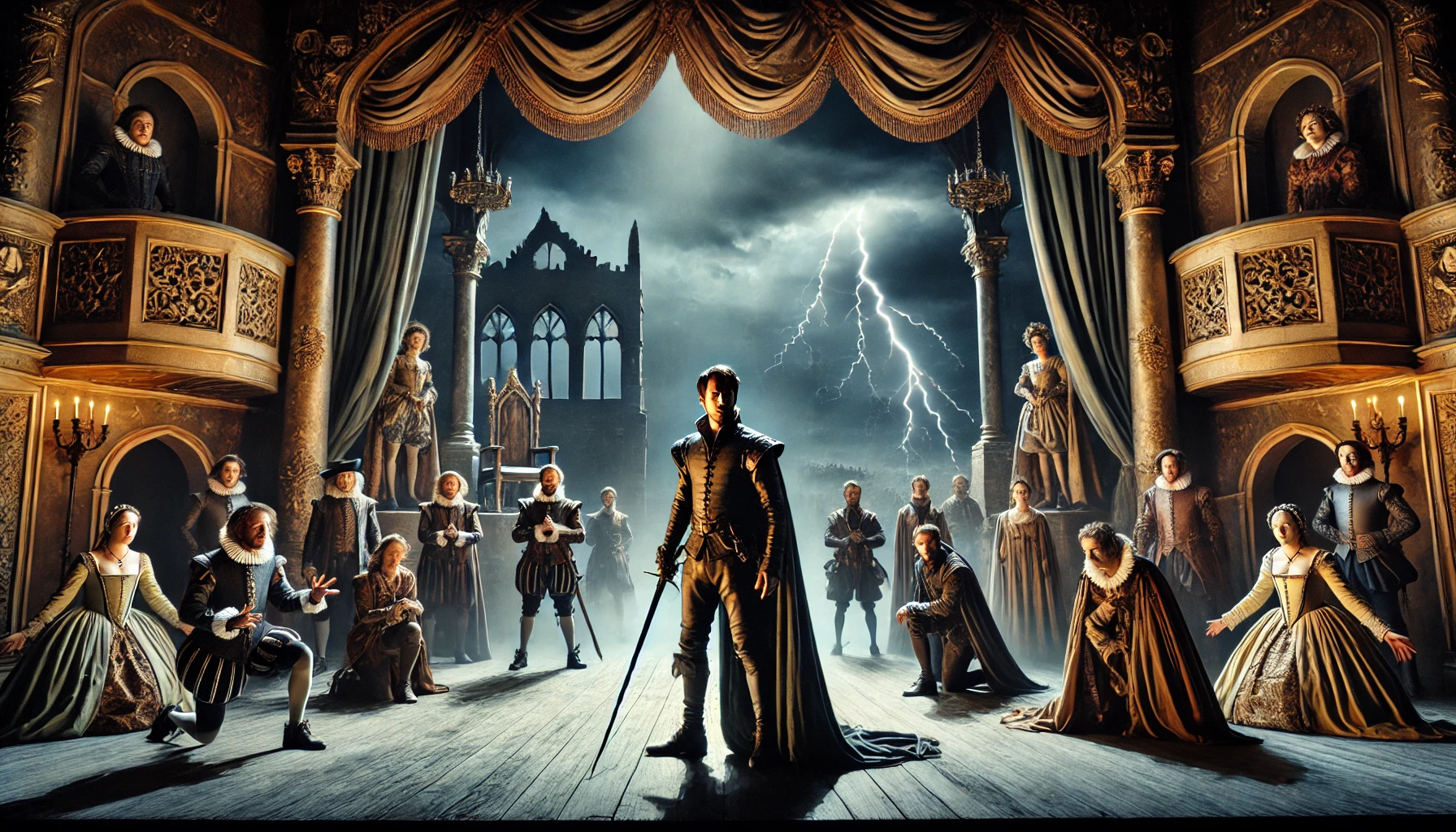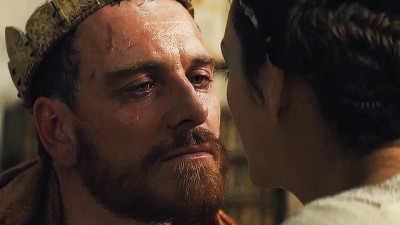JAMES FENIMORE COOPER
(1789-1851)
Life and main works
James Fenimore Cooper was born at Burlington, New Jersey, in 1789, but spent most of his childhood at Cooperstown, a frontier community founded by his father. There he heard the stories and legends about the Indians, or the tales dealing with the war against the French and the British. After being expelled from Yale for misconduct, he spent some years in the navy as a common sailor and a midshipman. After getting married, he settled down as a farmer and, when he was thirty, he began to write. In his second novel, The Spy (1821), he exploited his experience at sea. He soon became a best-seller writer, and with the series of novels entitled The Leather-Stocking Tales he created the first great epic of the American frontier. The first three novels of the series were: The Pioneers (1823), The Last of the Mohicans (1826) and The Prairie (1827). The other two, The Pathfinder (1840) and The Deerslayer (1841), were written after his tour to Europe, where he met Walter Scott, the author who most influenced his writing. In the last years of his life he wrote novels and essays of social criticism. He died at Cooperstown in 1851.
Characters
Cooper’s fame rests on The Leather-Stocking Tales and the creation if the first American “epic hero”: Natty Bumpoo, a hunter and frontiersman, who is nicknamed in several ways in the different novels: “Leather-Stocking”, “Hawk-eye”, “La Longue Carabine”, “ Pathfinder”, “Deerslayer” or “Trapper”. Among Cooper’s characters, there are the rather stereotyped white men belonging to the high ranks of society, like the British commander Munro and his two daughters Alice and Cora in The Last of the Mohicans; the white men of lower rank, who lived the frontier-life and speak dialect or slang; the Red Indians, mainly modelled on the “noble savage” by Rousseau. Cooper depicted the Red Indians as proud and brave, but at the same time wild and brutal. Uncas, the last of the Mohicans, embodies the end of the wilderness and its values, that are being destroyed by the colonizers.
Themes
Cooper’s themes were essentially romantic: he dealt with the opposition between different cultures, between the individual and the society, between the individual and nature. His portrait of genuine and primitive life, his descriptions of the woods and the forests, of the prairies and vast horizons of the Wild West contributed to the creation of the American myth.
The plots of his novels, built on adventures, fights, escapes and captures, duels and acts of fierceness, though attacked by literary critics for their inaccuracy, have interested Hollywood film directors as the basis for westerns.
JAMES FENIMORE COOPER
(1789-1851)
Vita e opere principali
James Fenimore Cooper nacque a Burlington, New Jersey, in 1789, ma trascorse la maggior parte della sua infanzia a Cooperstown, una comunità di frontiera fondata da suo padre. Lì egli ascoltò le storie e le leggende sugli Indiani, o i racconti che trattavano della guerra tra Francesi ed inglesi. Dopo esser stato espulso da Yale per cattiva condotta, trascorse alcuni anni nella marina come marinaio semplice e guardiamarina. Dopo essersi sposato, si stabilì come fattore e, all’età di trent’anni, cominciò a scrivere. Nel suo secondo romanzo, La Spia (1821), egli sfruttò la sua esperienza in mare. Divenne presto uno scrittore di best-seller, e con la serie di romanzi intitolata I Racconti di Calza di Cuoio egli creò la prima grande epopea della frontiera Americana. I primi tre romanzi della serie furono: I Pionieri (1823), L’Ultimo dei Mohicani (1826) e La Prateria (1827). Gli altri due, L’Esploratore (1840) e Il Cacciatore di Cervi (1841), furono scritti dopo il suo viaggio in Europa, dove incontrò Walter Scott, lo scrittore che maggiormente influenzò il suo stile narrativo. Negli ultimi anni della sua vita egli scrisse romanzi e saggi di critica sociale. Morì a Cooperstown nel 1851.
Personaggi
La fama di Cooper risiede ne I Racconti di calza di Cuoio e la creazione del primo “eroe epico” Americano: Natty Bumpoo, un cacciatore e abitante della frontiera, soprannominato in modo differente nei diversi romanzi: “Calza di cuoio”, “Occhio di falco”, “La Longue Carabine”, “L’Esploratore”, “Cacciatore di cervi” o “Cacciatore con Trappole”. Fra i personaggi di Cooper, ci sono uomini bianchi piuttosto stereotipati appartenenti agli alti ranghi della società, come il comandante Inglese Munro e le sue figlie Alice e Cora ne L’Ultimo dei Mohicani; gli uomini bianchi appartenenti ai ranghi minori, che vivono la frontiera e parlano il dialetto o il gergo; gli Indiani Pellerossa, modellati principalmente sul “noble savage” di Rousseau. Cooper dipinse gli indiani Pellerossa come fieri e impavidi, ma allo stesso tempo servaggi e brutali. Uncas, l’ultimo dei Mohicani, incarna la fine della selvatichezza e dei suoi valori, che sono stati distrutti dai colonizzatori.
Tematiche
Le tematiche affrontate da Cooper erano essenzialmente romantiche: egli trattava l’opposizione fra culture differenti, fra individuo e società, fra individuo e natura. Il suo ritratto della vita primitiva e autentica, le sue descrizioni del legno e delle foreste, delle praterie e dei vasti orizzonti del selvaggio West contribuirono alla creazione del mito Americano.
Le trame dei suoi romanzi, costruite su avventure, lotte, fughe e catture, duelli e atti di ferocia, sebbene attaccati dai critici letterari per la loro imprecisione, hanno attratto i registi di Hollywood come base per i westerns.
